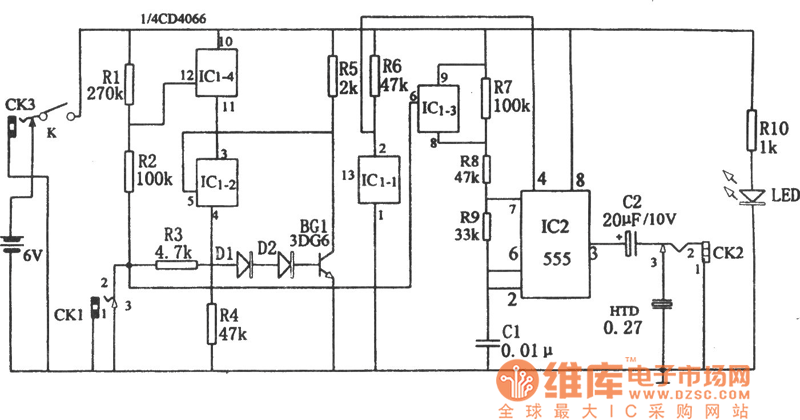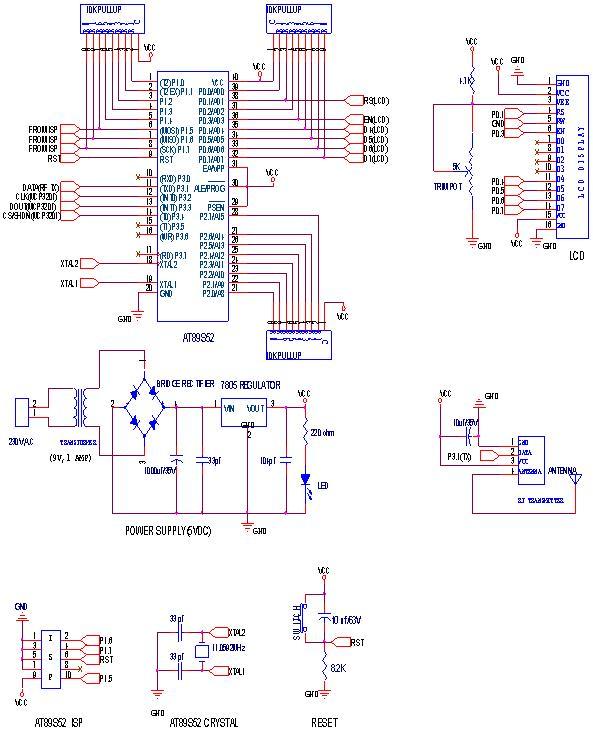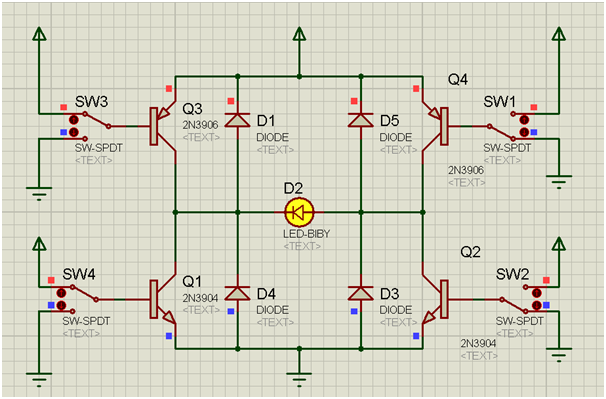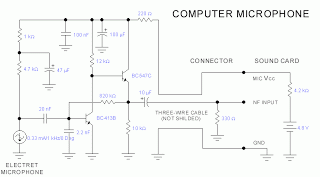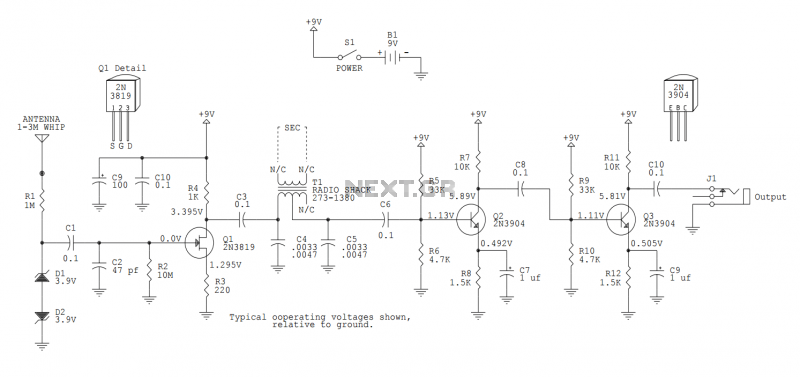
First Response Input Monitor Game Circuit
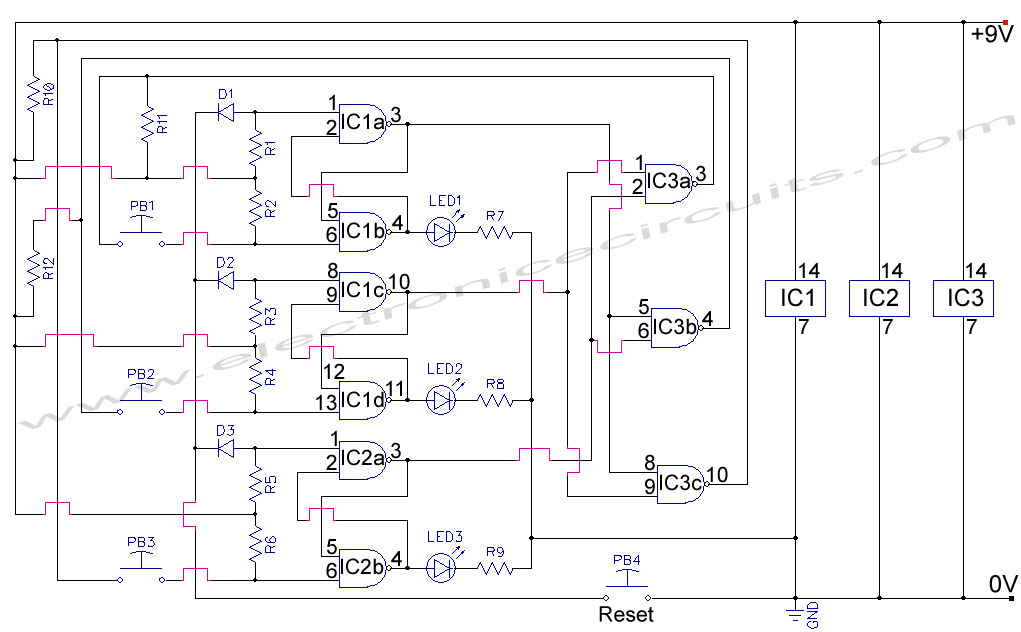
First Response Monitor, Input Selector, Game Circuit. This circuit is utilized for first response applications as it aids in monitoring various responses in games.
The First Response Monitor circuit is designed to facilitate real-time monitoring and selection of input signals in gaming and response applications. It typically consists of an input selector that routes signals from multiple sources to a single output, allowing for efficient management of data inputs from different game components or sensors.
The circuit can include a microcontroller or a dedicated input multiplexer, which serves as the core component for selecting the active input. The input selector can be configured to switch between various input sources, such as buttons, sensors, or other electronic devices, enabling the system to respond dynamically based on user interaction or environmental changes.
Signal conditioning elements may also be incorporated to ensure that the input signals are correctly formatted and amplified for processing. This might involve the use of operational amplifiers to enhance signal integrity or filters to eliminate noise.
The output of the circuit typically connects to a display or an output device, which visualizes the selected input or the monitored response. This can be particularly useful in gaming scenarios where quick feedback is essential for gameplay dynamics.
Overall, the First Response Monitor circuit is a versatile tool that enhances the interactivity and responsiveness of electronic systems, making it a valuable component in both gaming and monitoring applications.First Response Monitor, Input Selector, Game Circuit You can find first response using this circuit, because it helps many response monitor, games.. 🔗 External reference
The First Response Monitor circuit is designed to facilitate real-time monitoring and selection of input signals in gaming and response applications. It typically consists of an input selector that routes signals from multiple sources to a single output, allowing for efficient management of data inputs from different game components or sensors.
The circuit can include a microcontroller or a dedicated input multiplexer, which serves as the core component for selecting the active input. The input selector can be configured to switch between various input sources, such as buttons, sensors, or other electronic devices, enabling the system to respond dynamically based on user interaction or environmental changes.
Signal conditioning elements may also be incorporated to ensure that the input signals are correctly formatted and amplified for processing. This might involve the use of operational amplifiers to enhance signal integrity or filters to eliminate noise.
The output of the circuit typically connects to a display or an output device, which visualizes the selected input or the monitored response. This can be particularly useful in gaming scenarios where quick feedback is essential for gameplay dynamics.
Overall, the First Response Monitor circuit is a versatile tool that enhances the interactivity and responsiveness of electronic systems, making it a valuable component in both gaming and monitoring applications.First Response Monitor, Input Selector, Game Circuit You can find first response using this circuit, because it helps many response monitor, games.. 🔗 External reference
